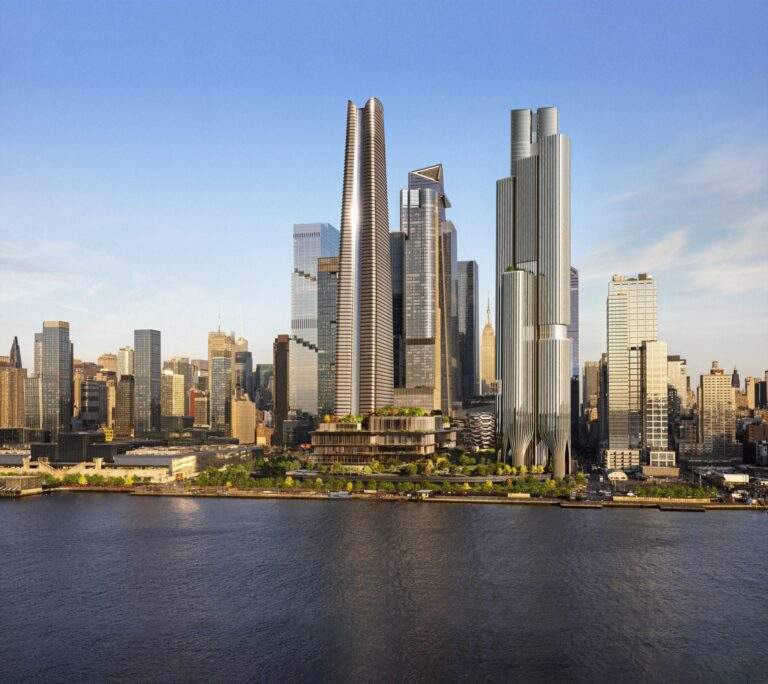Fundamentals for Creating Net-Zero Energy Buildings
When assessed at the building’s location, a net-zero energy building (NZEB) is one that generates as much energy as it uses. These structures achieve outstanding performance by utilizing a sizable quantity of energy generated on-site or off-site from renewable sources.
To assist designers in the residential and commercial sectors create net-zero energy buildings, a variety of design tools and apps are on the market.
In the United States, California and New York are more active in developing net-zero structures, producing less than 10% of the nation’s overall emissions.
Following the design guidelines to achieve efficient net-zero energy buildings is the first step in achieving this goal.
The following stage is to increase energy consumption while optimizing building variables like orientation, temperature, humidity, overall system efficiency, etc.
In this article, we’ll discuss the three key guidelines that designers should adhere to in order to create a successful net-zero energy building design.
1. NZEB Design Measures for the Building Envelope
The entirety of a building’s exterior shell that enables fine-grained control over several internal factors is a high-performance building envelope.
One of the components included in the design of Net Zero Energy Buildings (NZEB), where the main goal is to reduce energy consumption, is a high-performance building envelope system.
The importance of building orientation in reducing HVAC loads cannot be overstated. Shades and overhangscan also block direct sunlight. Technologies like insulation, glazing, double-skin facades, etc. are only a few examples of how the building envelope and interior environment may be tailored to the area.
2. NZEB Design Energy Efficiency Measures
By choosing the appropriate-sized systems for the building, energy efficiency measures are into action. The safety considerations in the design are provided by the American Society of Heating, Refrigerating and Air-Conditioning Engineers (ASHRAE) Standard 90.1, along with information on how to simulate the design and calculate the optimal energy requirements.
The commissioning of these energy-management systems is a vital next step once the system has been developed and designed. These systems must be installed, calibrated, and operate in accordance with the owner’s specifications during the commissioning phase.
An HVAC system and controls, and renewable systems must all be in this commissioning phase. The energy efficiency of these systems can increase by 5 to 10% with successful deployment.
3. NZEB Design Considerations for Renewable Energy
The goal of NZEB’s design is to use renewable energy sources to generate the building’s energy needs. Less energy consumption because of the first two measures: high-performance building envelopes and energy-efficient technologies. Renewable energy initiatives are more expensive than the other ones.
Therefore, to create renewable energy, designers must start with the first two steps and optimize the amount of energy used.
Solar, wind, biomass, and geothermal systems are just examples of different renewable energy sources.
Read more on INJ Architects:
Effects of Environmental Changes on Structures and Developments






